
Kal
-
Posts
347 -
Joined
-
Last visited
-
Days Won
2
Content Type
Profiles
Forums
Blogs
Gallery
Downloads
Events
Posts posted by Kal
-
-
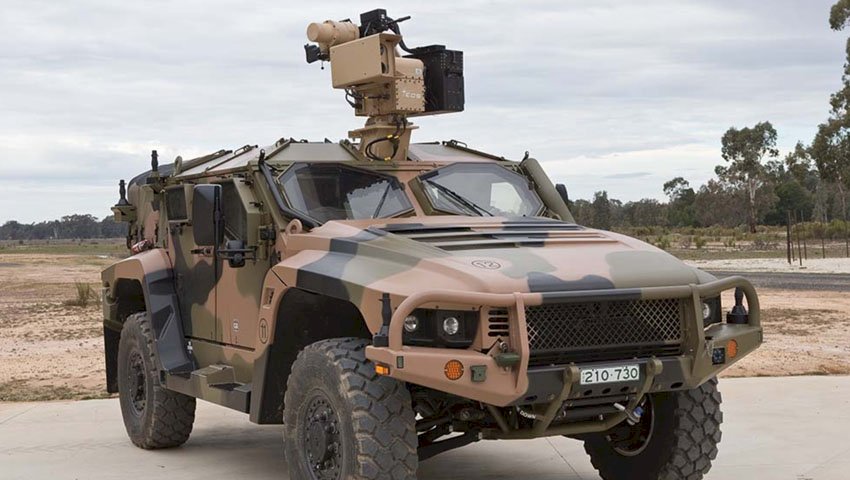
Aussie hawkei, 7 tonne curb weight
Thats about midway between a Bull bar and a 'Roo bar
-
not that australia is going back to Vietnam, but as a proxy for SE Asia, https://sci-hub.se/https://doi.org/10.1080/15732470902808581 only 15% of road bridges are classified as strong enough to handle 30 tonnes.
thus the reason for the earlier picture of a PNG bridge, weight becomes an issue, or leopard 2 deep wading properties are desireable.
-
-
15 hours ago, DIADES said:
and I suggest air burst is the wrong round against a MOVING UAV. Stationary, fine but not moving. If the UAV is moving toward or away, then range is changing dynamically. Air burst rounds are programmed to burst at the range set as they leave the muzzle - that range comes from lasing the target. The range is correct at the time of the LASER return. UAV speeds are far above vehicle speeds so the target will not be where the round explodes and far outside normal FCS lead.
If the FCS can predict/track where the target is going, it's already calculated how long it takes the projectile to get there.
-
-
On 9/28/2020 at 9:40 AM, DIADES said:
....
Thirdly - still not a Requirement but what sort of UAV do you imagine we are shooting at?
I'm thinking, South East Asia modern equivalent terrain to battle of Long Tan, perhaps in wet, mountainous jungle PNG/Philipines, opposing infantry now has cheap UAV with 60mm mortar drop bombs, equivalent to Ukraine UAV/mortar bomb combo posted earlier. assumption is that opposing force is willing to spend approx same amount of effort having infantry carry 60mm mortar OR small UAV around on mission.
/arc-anglerfish-arc2-prod-mco.s3.amazonaws.com/public/L3XPIZ5NUJEDTN3NER36L5ZL24.png)
-

laminated applique aluminium?
-
2 air-burst options from EOS would be
Proximity air-bursts M230LF
Programmable air-bursts Mk44
no doubt Lynx would have equivalent available at a price.
but why pay for 2 diffferent 30mm guns, unless one is not used for airburst?
perhaps the RWS will remain 12.7 HMG, and the main 30mm auto cannon really becomes the primary c-uav gun.
i sure don't know the prices offered for the various ammo, but it must be taken into account by CoA.
-
48 minutes ago, DIADES said:
.....The RWS is a better tool for dealing with drones but, once again, no tracking capability, no detection capability - publicly declared anyway. ...
1. Detect UAS by radar or electronic emissions, locate them, and “kill” them electronically if possible
2. Slew the RWS to this detection cue and accurately acquire the UAS with a thermal tracker, locking onto the UAS heat
3. Engage the UAS with either or ballistic weapons to destroy
remember, UAS are not electronically silent, they are in constant radio communication, that 'noise' is what needed to detect them, and why stange looking antennas can stun 'kill' some of them. the radar does not need to emit to detect them, just to listen.
I would expect Lynx to also have similar capability, but as to whether it is offered to Australia without a crazy price. I doubt it.
-
keep in mind EOS also offer the bushmaster mk44S on its R600 RWS. https://www.eos-aus.com/wp-content/uploads/2019/10/R600BrochureAUS_WEB.pdf so they should offer tight integration with the MK44 on the elbit turret, particulary as the turret drive control is purportedly EOS.
-
https://www.eos-aus.com/wp-content/uploads/2019/04/1st-Person-from-APDR_April2019_lowres.pdf
' have jointly worked with Elbit to deliver a joint product for the Hanwha team. The T2000 is essentially an Elbit turret shell with EOS fire control software, turret drive control, HMI and electro optics. And we are the prime for that turret. The turret also brings together the Elbit Active Protection System, the Elbit IronVision See-Thru Armour System and embedded simulation. The EOS remote weapon station integrated to the turret is in a configuration able to provide counter UAS defence and also operate as part of the integrated Active Protection System.
It is definitely an Elbit turret but Elbit seems happy enough to localise production elsewhere, so localise production in australia should be very doable.
EOS fire control software, turret drive control, HMI and electro optics... integrated to the turret is in a configuration able to provide counter
UAS defence and also operate as part of the integrated Active Protection System.....a third role as part of the vehicles protection suite as it's fully integrated with the existing APS effectors and the detection systems, the radars and the optical detectors....
-
On 9/19/2020 at 10:33 PM, DIADES said:
This is not a real thing. Yes, you could shoot down a UAV with the main gun. But not gunna happen in the real world. No RADAR so no ability to even know there is a UAV around. Then, the FoV of the sights is optomised for engaging ground targets around the size of an IFV at around 3,000m and potentially moving at typical IFV speeds. Note that IFVs are limited to motion that has a vertical axis component dictated by geography. A UAV of course has widely variable motion is all axis. I can't see the FCS coping. Plus, too much time staring at the sky would be just asking for real trouble!
Staring at the sky is EOS's raison d'être, anyway, obligatory UAV shooting video https://vimeo.com/358965824
in regards to C-UAS to EOS approximately shows the MK44 30mm as having about 50%-100% more range than the M230LF 30mm.
both the lynx and the redback will come with the EOS RWS, but its probable that the redback's bushmaster is more tightly integrated with whatever counter UAS capacity is provided by EOS.
-
lynx kf41
also seems to have twin bends for a chamfer along lower hull
-
/arc-anglerfish-arc2-prod-mco.s3.amazonaws.com/public/L3XPIZ5NUJEDTN3NER36L5ZL24.png) The old bmp-2 may have many shortcomings, but the relevance of gun elevation is only increasing.
The old bmp-2 may have many shortcomings, but the relevance of gun elevation is only increasing.
Ukraine
But, as diades points out, the ammo and the fcs are critical.
-
Is there a lynx picture equivalent to this.
This is a good picture to show the V blast deflection at the wheels, (which is adjacent to the hull chamfer)
Question is, is it enough to compensate for redback's expected lower mass than lynx?
-
Apparently australia has 35,000 citizens worthy of chinese intelligence. No doubt this breaks all sorts of Australian privacy laws, but how to enforce it.
- CrappyHead and Pascal
-
 1
1
-
 1
1
-
https://twitter.com/DTRmag/status/1146928739671928832/photo/1
https://twitter.com/skylancer7441/status/1146939928456105985/photo/2
note that the outer plate along the hull lower edga seems to be folded (not welded) to a chamfer made by twin 45degree bends, presumably further shaping is also used with the suspension (its inevitable as in-arm suspension must have its own shape and volume anyway)
which make it not obvious which has less blast shock transmitted to occupants, lynx should be heavier and mass is important f=m.a, but redback has some blast deflection which also affect f=m.a in both cases acceleration (due to blast) is reduced.
-
cz, but relevant for au
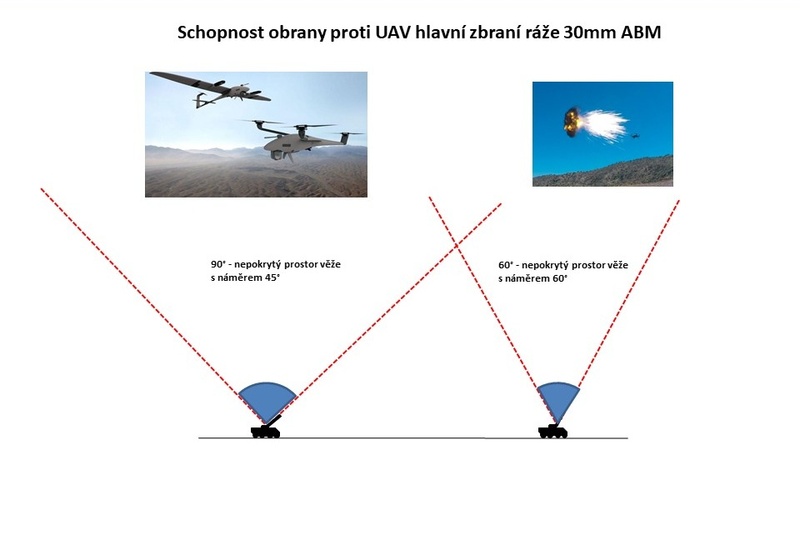
out of reach for main guns, lance vs elbit
-
see those orange 'high voltage' power cables'.

-
So what is the black rectangle with 3 circles?
-
1) bridge picture, PNG
2) ammo picture, choice of guns will affect logistics, both are NATO but the linking is incompatible between Rheinmetall and Bushmaster (everyone else?) Australia already locked into 30mm Rheinmetall
3) turret elevation, the steeper the better for UAV defense
-
Picture: Ammunition with ammunition belt for Bushmaster II cannon (top) and for Rheinmetall MK 30-2 cannon (bottom) | CZD archive
.jpg)
-

where weight matters....
-


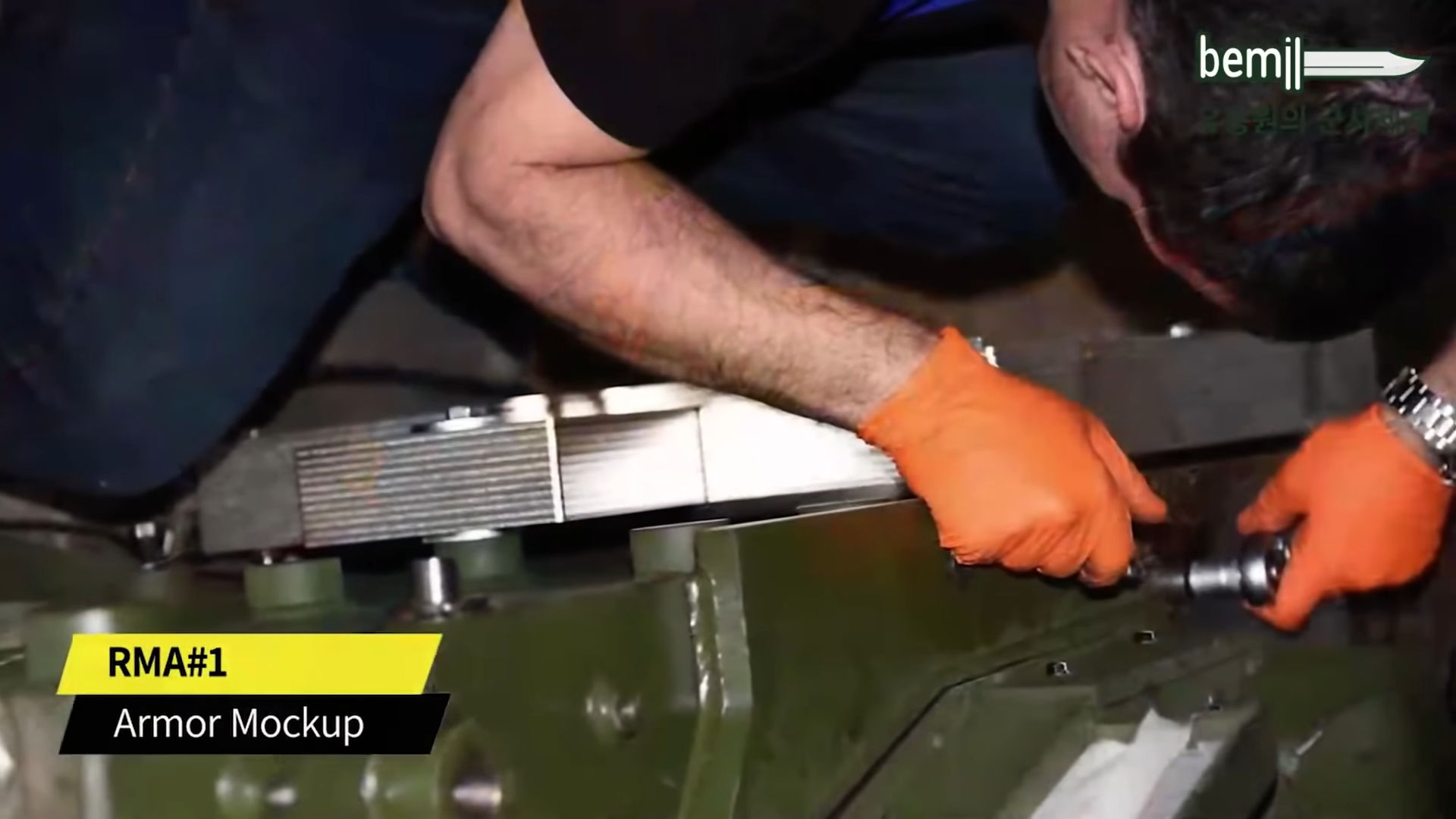
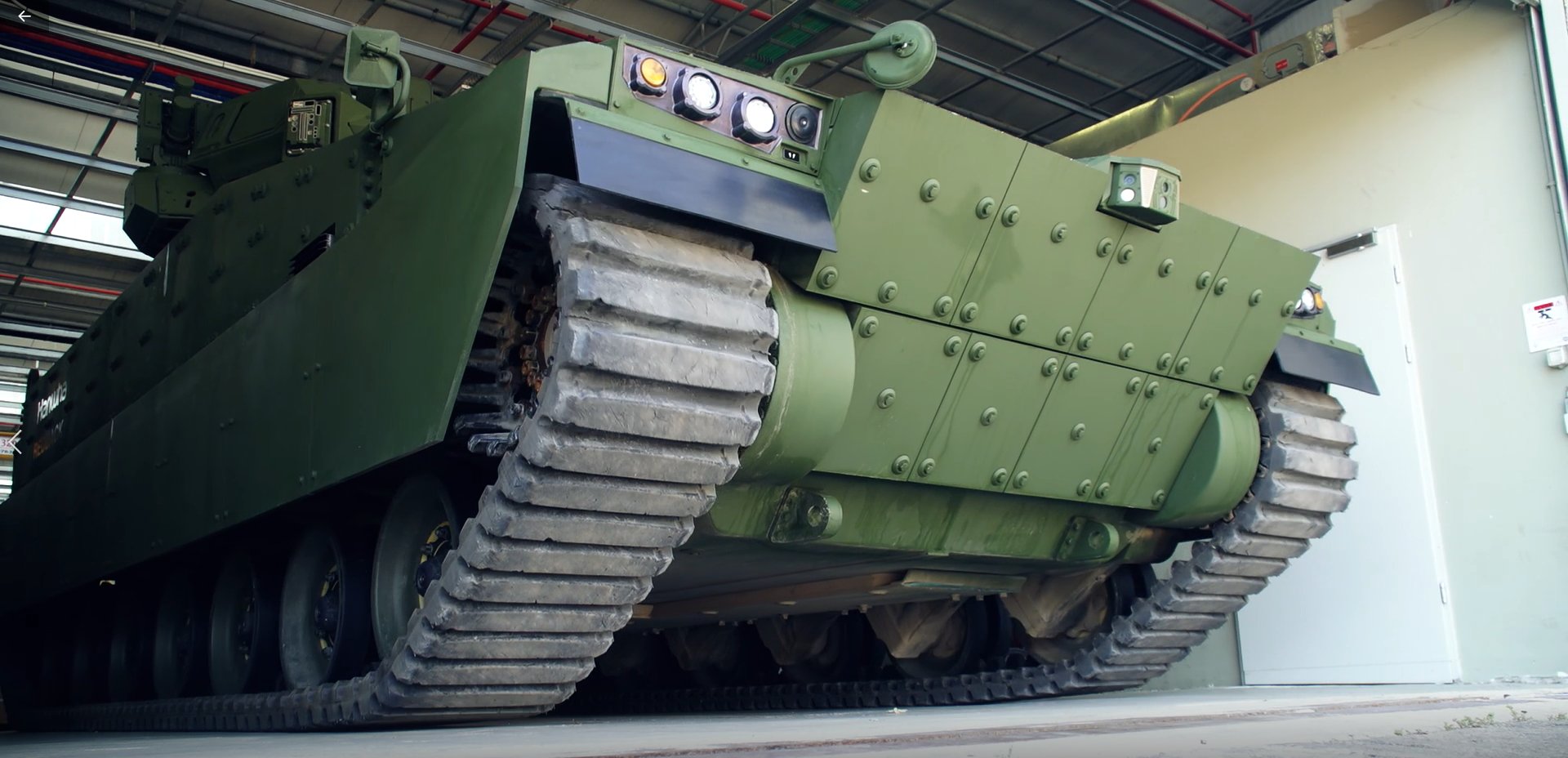
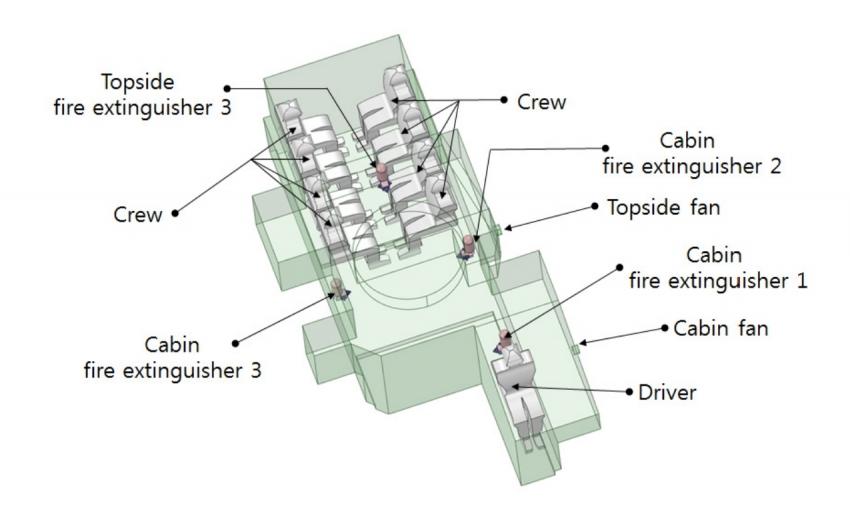
Anti-air thread: Everything that goes up must come down, and we'll help you go down
in Aviation
Posted
57mm is your friend
VT fuzed or timed for cheaper UAVs
guided for longer range, Bayraktar TB2 at 7000 meters alt and its bombs have 8 km range, is just at the range where a guided naval 57mm would hit, but an guided IFV 57mm would not.
lesson from WWII, for every UAV type threat, a suitable projectile can be developed to deal will it.